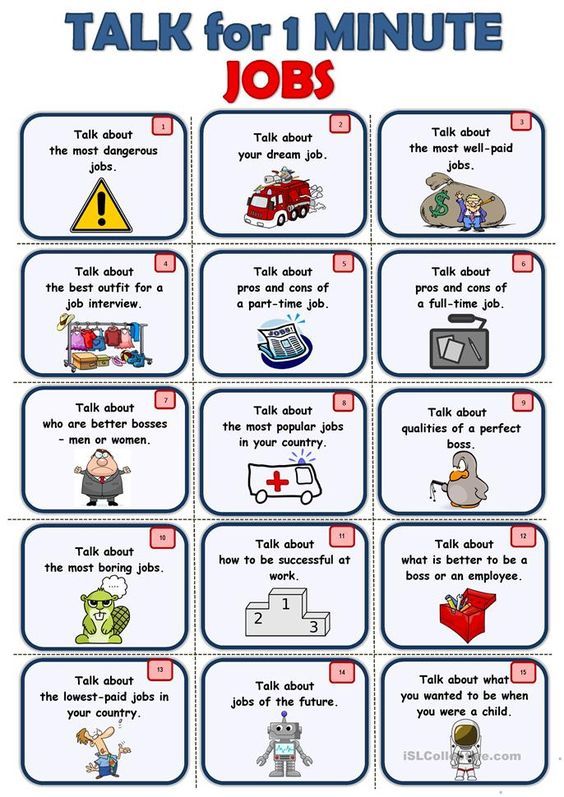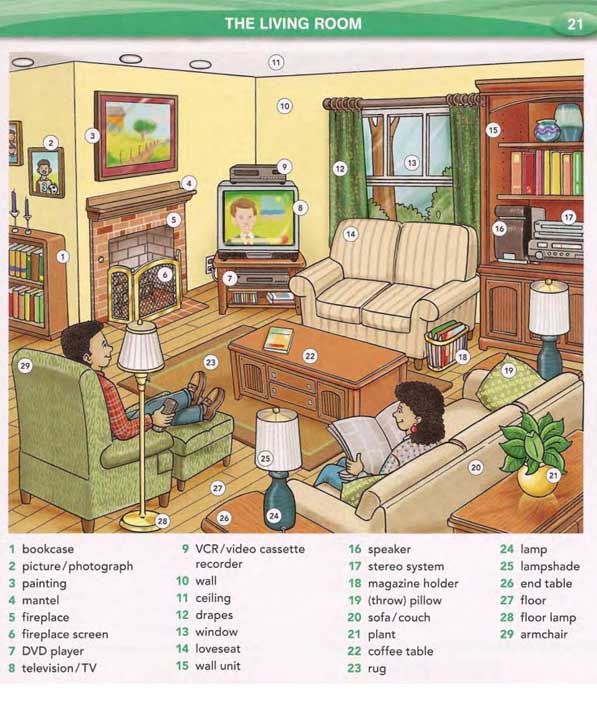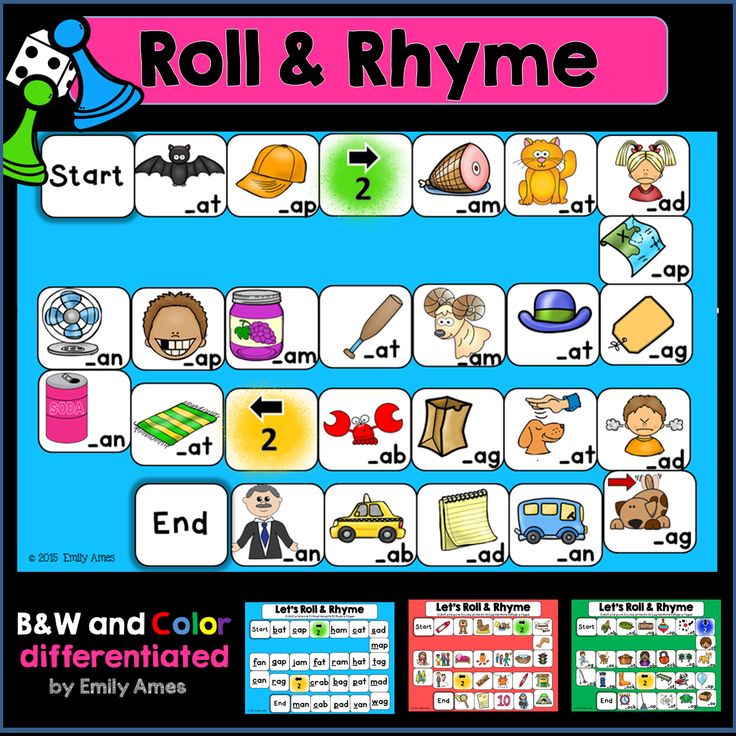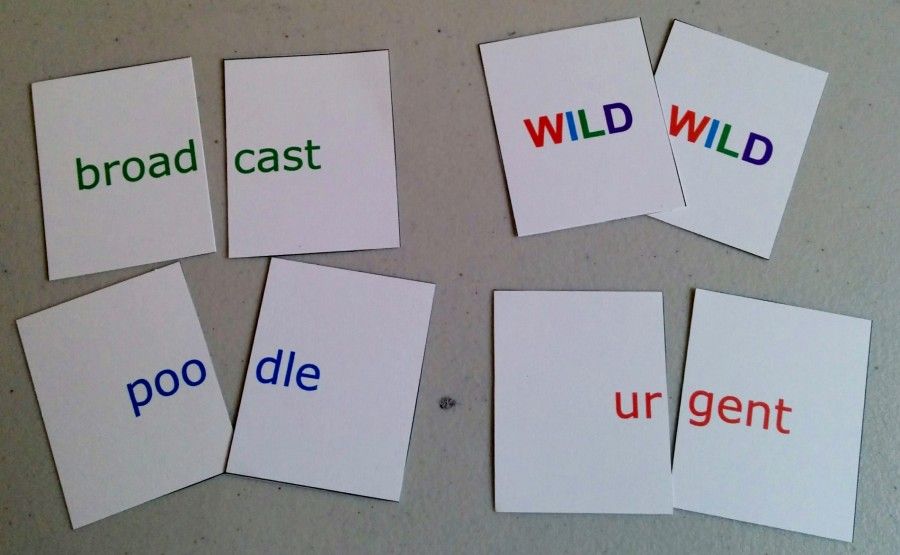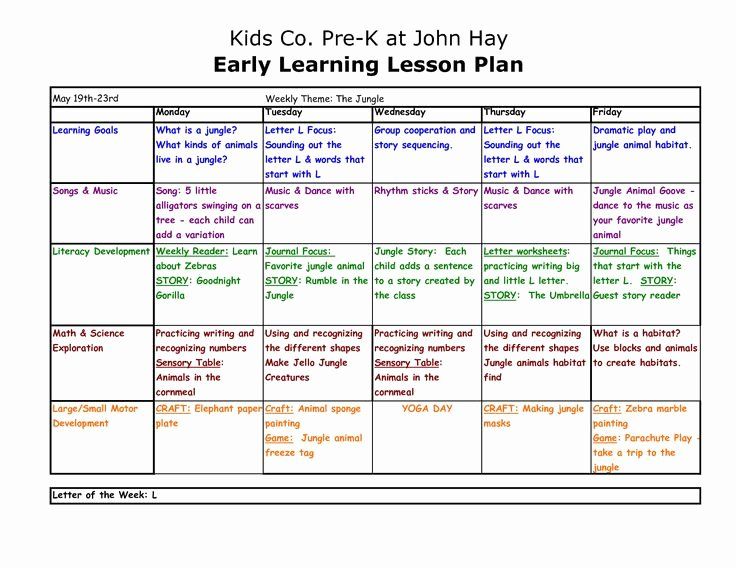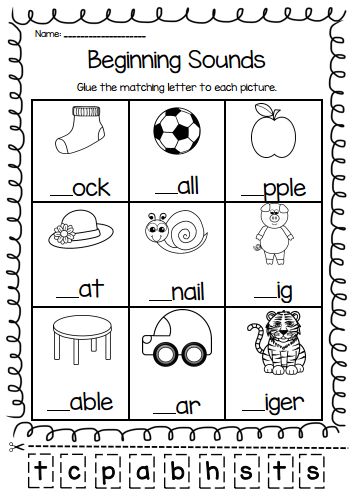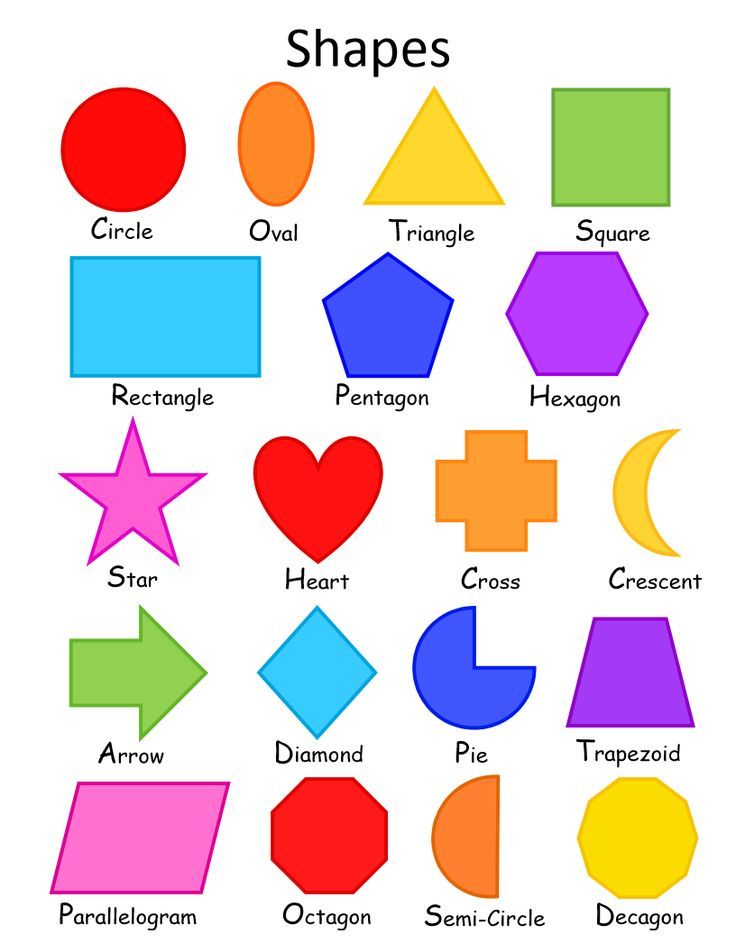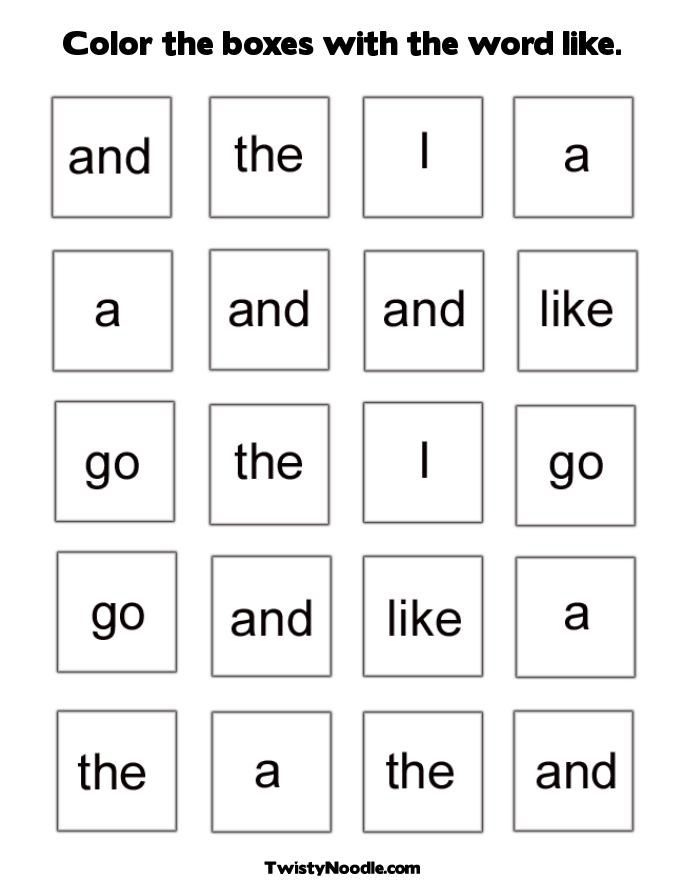Describing your child
Positive Words to Describe Your Children
From the very early days as a parent, you have many chances to use positive words to describe your children.
The first thing you’ll probably be asked as a new parent is: ‘Is he a good baby?’
It’s hard to answer this question. A newborn’s behavior is wired for survival and isn’t about being ‘good’ or ‘bad’.
As your children grow, their behavior is often scrutinized and judged by others.
Is she shy or outgoing? Is he stubborn or cooperative? Are they going through the ‘terrible twos’ or ‘horrible fives’?
Perhaps your memories of childhood are littered with the same words, used by your parents and teachers. Positive or negative, words stick with us and they become part of us.
The long-lasting and powerful effect of words highlights the importance of using positive words to describe our children.
Does language shape how we think?
Changing how people talk changes how they think, according to Lera Boroditsky in Scientific American.
One study she examines shows teaching people new words for colors changes their ability to discriminate between colors.
Another shows the very structure of the language we speak shapes our knowledge of basic concepts in space and time.
This also applies to parenting. The words we use to describe our children changes the way we perceive them, and even the way we feel about them.
Imagine, for example, your two-year-old toddler is having a tantrum because he doesn’t want to sit in the shopping trolley.
You can describe his behavior in two ways:
- Negative: he’s being a monster in the terrible twos
- Positive: he’s practicing independence and has big feelings he can’t yet articulate.
How you describe his behavior will determine how you feel about it, and how you respond to it.
Why use positive words to describe your children?
Just as importantly, the words we use can affect our child’s identity formation. Labels potentially have the power of self-fulfilling prophecy.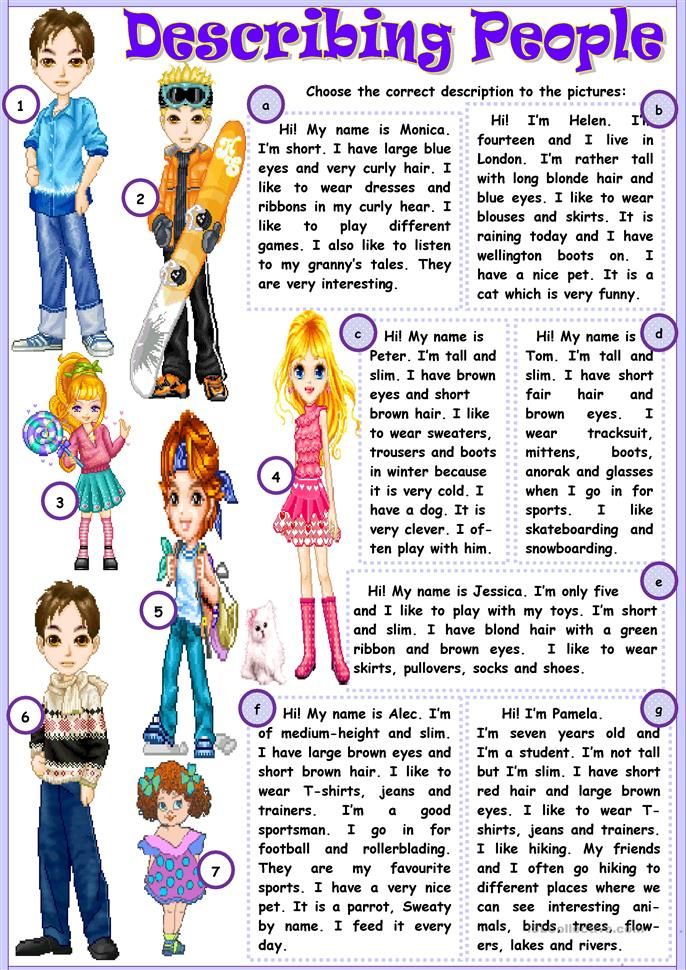
When you intentionally choose positive words to describe your children, you help them to form their identity – how they see themselves. This will affect them into adulthood, and influence how they speak to their own children.
Using positive words to describe your children has many benefits. It can:
- Build strong relational bonds
- Increase your child’s self-esteem and confidence
- Help your child feel loved and valued
- Model a positive approach that children will mimic
- Create a safe space for children to express their feelings
- Contribute to your child’s strong inner voice.
All this can be challenging in the heat of the moment.
For practical words to use in response to your child in challenging situations, check out BellyBelly’s article 6 Things Not to Say to an Angry Child and What to Say Instead.
Jennifer Grant, mother of four and author of several books focused on parents and children, says:
“As a parent (and a writer), I care deeply about words and stories.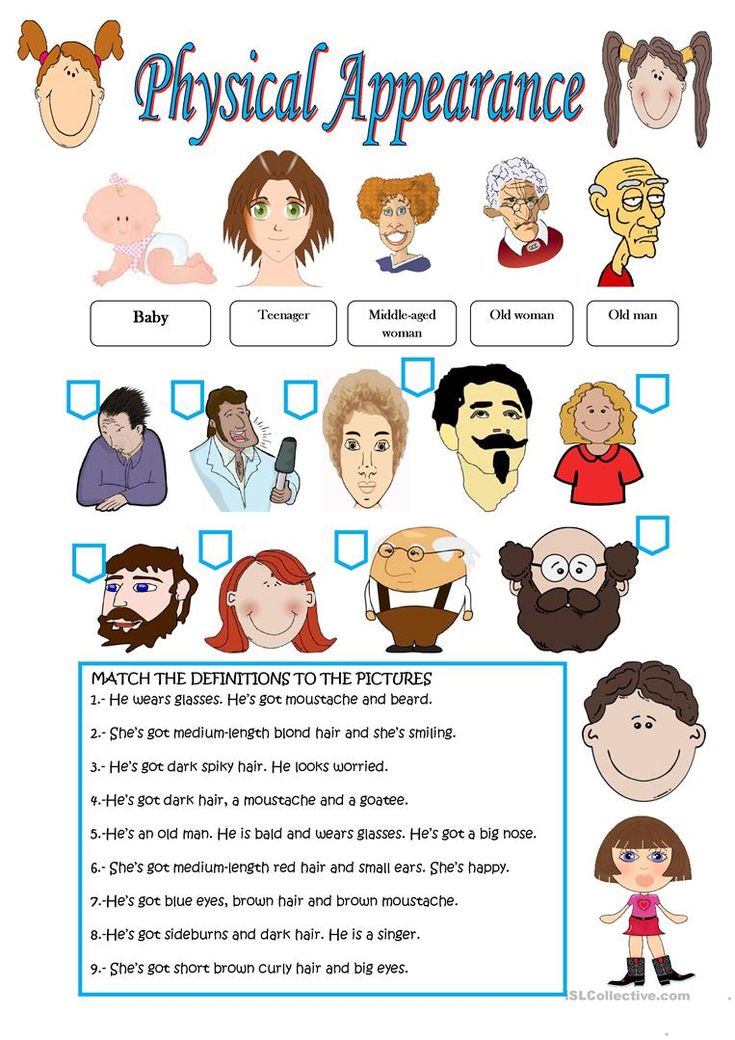 It’s always been important to me to choose my words carefully and to be very intentional about the stories I tell my children about what I see in them.
It’s always been important to me to choose my words carefully and to be very intentional about the stories I tell my children about what I see in them.
“Sometimes what we say to our kids mirrors the way they see themselves. Sometimes it gives them an idea of the people they can become. Sometimes our words are a comfort, sometimes they are a challenge, but, to be sure, our words count”.
Describe your child in a paragraph
At the beginning of the school year, your child’s new teacher might ask parents to provide a written description of their children.
This exercise is intended to help the teacher understand the students’ learning style, motivations, and personal interests.
It’s also a great opportunity for parents to form a deeper understanding of their own children. For you, it’s a chance to look deeply and honestly at your child’s traits, and to frame them in a way that appreciates your child’s strengths and potential.
A few cues to help you get started on using positive words to describe your children:
- Find a quiet space, without your child nearby
- Bring your child to the front of your mind, and see what thoughts and memories arise
- What’s something people often say about your child?
- What’s something about your child that only you know?
- What makes your child unique?
- What are some of your child’s likes/dislikes, and why?
- What’s something your child has struggled with and overcome?
- What’s a challenge your child still has, and what helps him/her cope with it?
- What do you most want people to understand about your child?
How do I describe my child in a positive way?
Using positive adjectives to describe our children doesn’t mean we have to see only sunshine and rainbows.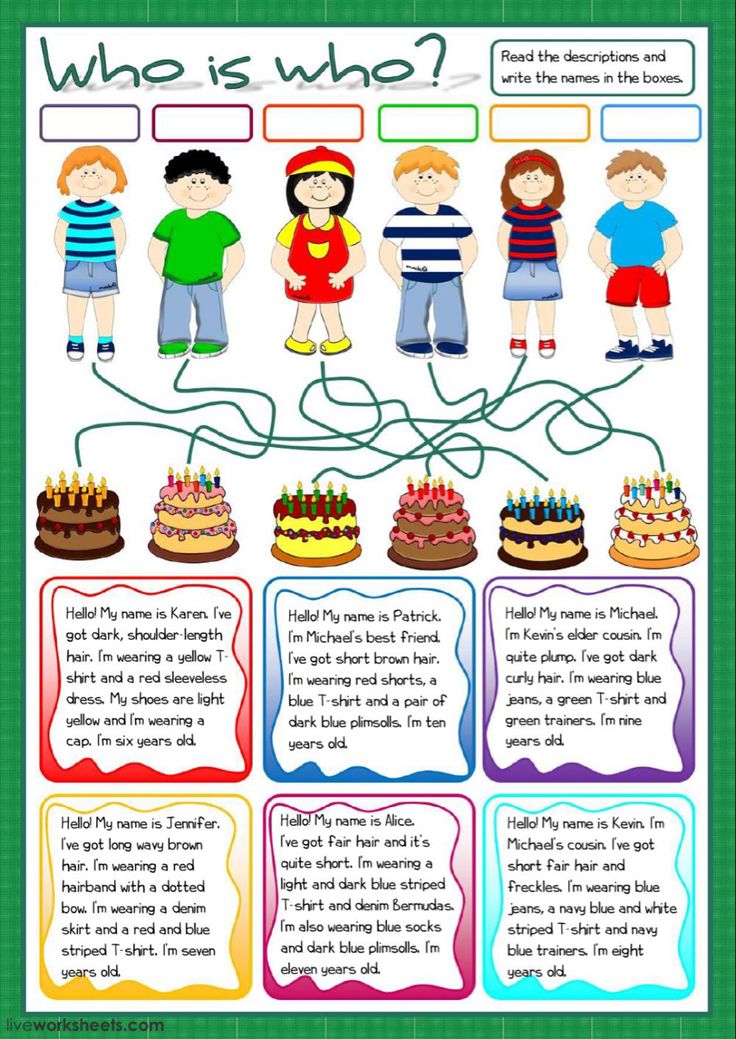 We can all agree raising kids is hard work, and some personalities are more difficult to manage than others.
We can all agree raising kids is hard work, and some personalities are more difficult to manage than others.
But we know negative words get us stuck in negative thinking. This just makes parenting even harder.
A strengths-based approach helps us focus on the value and positive potential of each character trait. This means helping your children appreciate their strengths, and grow through their challenges or perceived weaknesses.
Father of three, Scott Barnett, uses this approach in teaching outdoor leadership at Simpson University and when parenting his kids.
He explains a recent time this approach came in handy:
“Recently, through a lot of struggle, my girls moved from some of the slowest in their swim class to some of the fastest.
“Initially I wanted to tell them I was proud of what great swimmers they had become. But I realized it didn’t matter if they were the slowest or fastest, and instead I told them I was proud that they were hard workers who stick with something even when it was difficult”.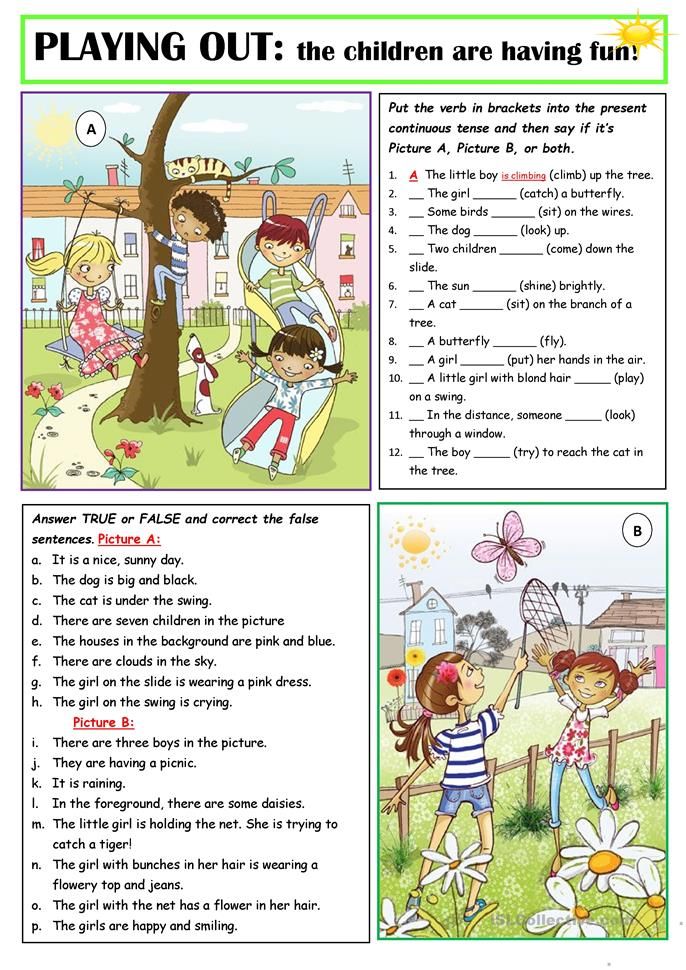
Turning a negative into a positive
When a toddler throws himself on the floor in a tantrum, you could say he has anger problems. Or you can flip your perspective and say he’s overtired and overwhelmed.
A child who always has bandages and boo-boos can be called accident-prone or adventurous.
The teenager who constantly asks questions could be known as intrusive or inquisitive.
Any parent who has read the book Raising Your Spirited Child (I am raising my hand here) understands the very title is built to put a positive framework on a child’s behavior.
The author, Mary Sheedy Kurcinka, explains how she came up with the term spirited child:
“When my son, Joshua, was born, there weren’t any spirited child classes or books. In fact, the only information I could find that described a child like him used words such as difficult, strong-willed, stubborn, mother killer, or Dennis the Menace.
“Yet I realized that Joshua was much like his father, a high-energy, sensitive, passionate, and prudent adult whom I love dearly.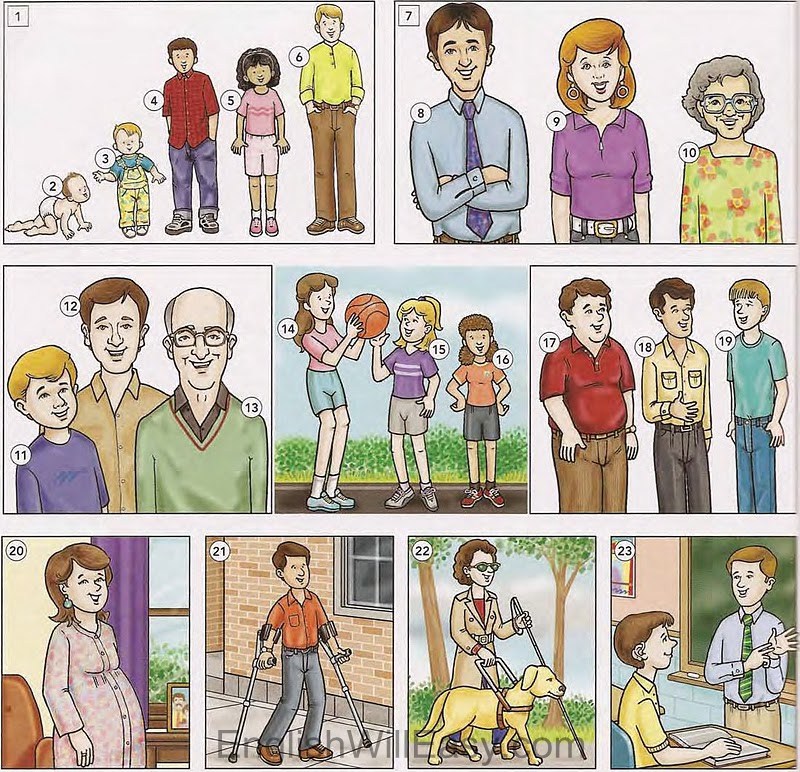 I realized that this child who could drive me crazy possessed personality traits that were actually strengths when they were understood and well guided”.
I realized that this child who could drive me crazy possessed personality traits that were actually strengths when they were understood and well guided”.
Much of our perception of our children’s behaviors hinges on understanding their developmental stage and their felt needs. Essentially, exploring the WHY behind their actions helps us see them in a sympathetic light instead of a critical one.
For more information on normal behavior for each developmental stage of a child’s life, check out BellyBelly’s article Don’t Worry, It’s Normal! – A Quick Guide to Normal Behaviour for Babies, Kids, and Teens.
When I was school age, people often asked my mother why I was so shy. She answered matter-of-factly, “Because she likes to think before she speaks”.
Now as an adult, I hold on to that identity – the thinker rather than the shy girl.
With a little practice, we can find positive new ways to describe even the most challenging characteristics in our children. And as a result, we will gain a new appreciation for who they are and what they do.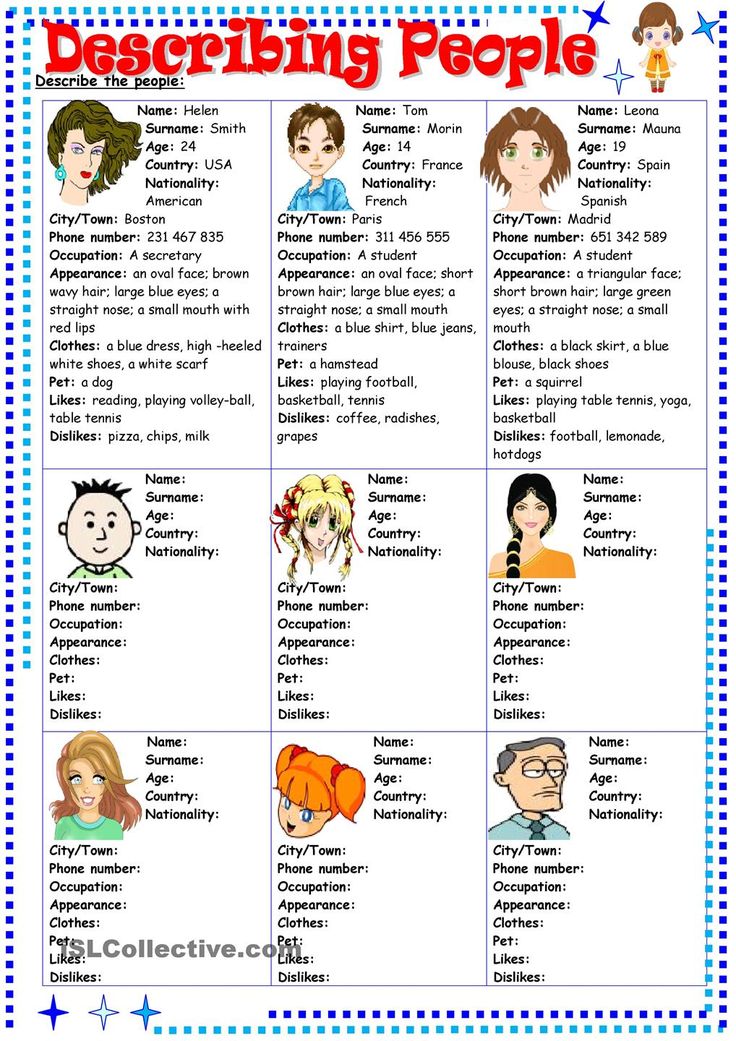
Have fun exploring our list of positive words to describe your children, and finding those that best fit your child.
50 positive words to describe your children:
- Adventurous
- Artistic
- Affectionate
- Bright
- Brave
- Creative
- Considerate
- Courageous
- Compassionate
- Determined
- Diligent
- Easygoing
- Energetic
- Faithful
- Fearless
- Friendly
- Forgiving
- Funny
- Generous
- Gentle
- Helpful
- Honest
- Imaginative
- Inquisitive
- Intuitive
- Inventive
- Joyful
- Kind
- Loving
- Loyal
- Motivated
- Observant
- Optimistic
- Passionate
- Perceptive
- Playful
- Persistent
- Quiet
- Reliable
- Resilient
- Resourceful
- Self-confident
- Sincere
- Spirited
- Thoughtful
- Understanding
- Upbeat
- Vibrant
- Wise
- Witty
Describe your child’s personality, temperament, and more
As we enter a new school year, you might be asked to describe your child to their teacher either in a letter, email, or on the phone.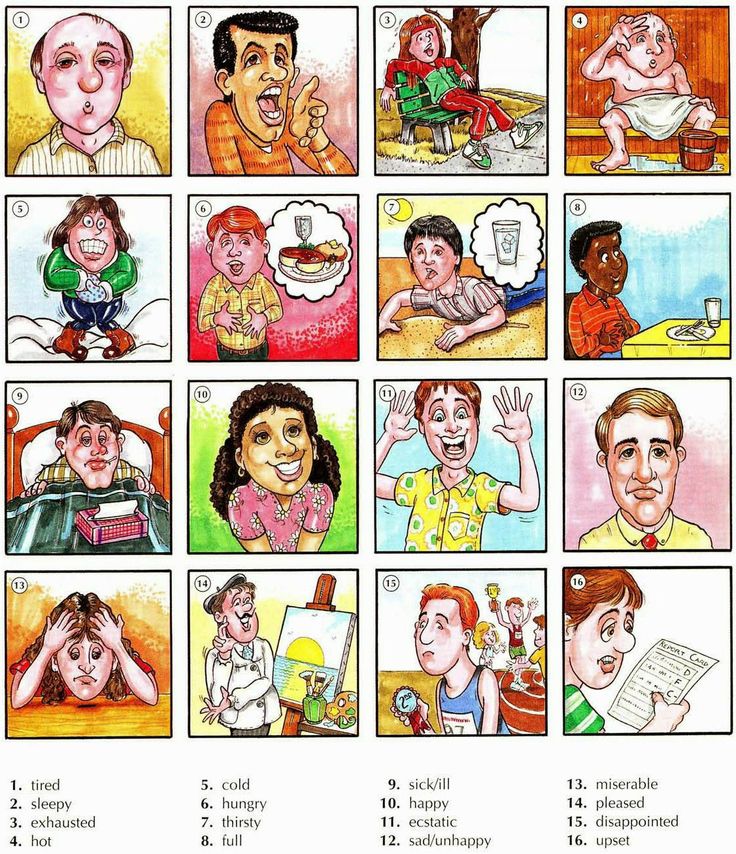 Providing this information is extremely helpful for their teacher because they will be spending a lot of time with your child in the classroom.
Providing this information is extremely helpful for their teacher because they will be spending a lot of time with your child in the classroom.
We recommend giving your child’s teacher insight into their past academic performance and experience, current home life, important medical or learning needs, and of course, their personality and temperament. But, you might not be as familiar with the ways to describe your child’s personality and temperament to someone who has never met them before. You’re not alone. To help parents and teachers start the school year off right, we’ve created this guide so you can describe your child’s personality simply this fall.
- What is temperament?
- ~Temperament examples
- Describe your child’s personality to a teacher
- ~Describe your child’s personality example
What is temperament?
Before you dive into describing your child’s personality, you might want to first think about their temperament.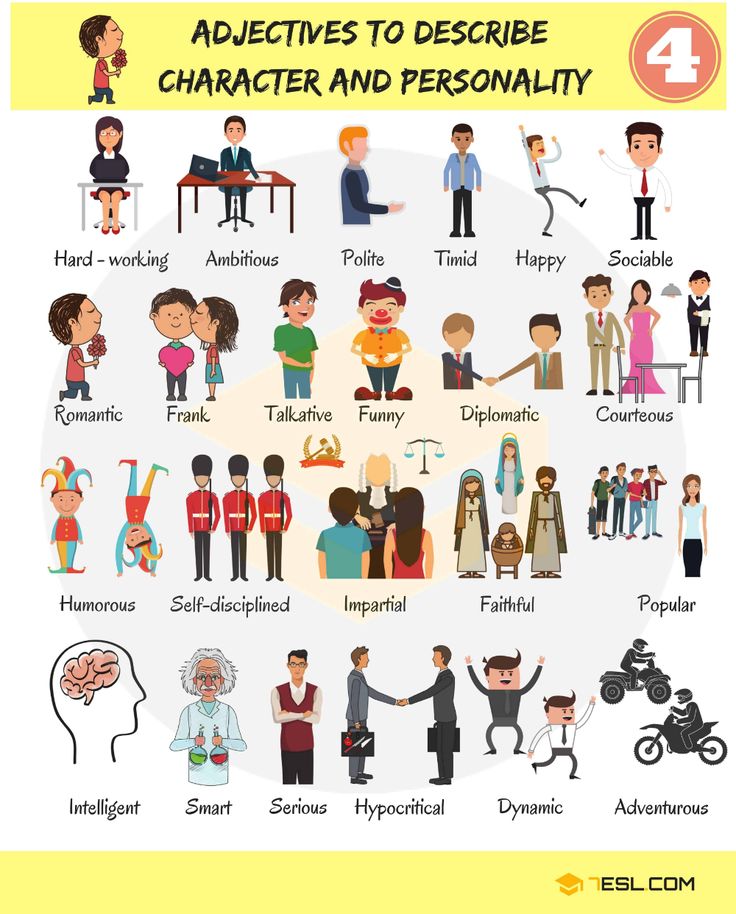 Temperament is often used when talking about the personality of infants and toddlers. According to HealthyChildren.org (an organization run by pediatricians), “the ease with which a child adjusts to their environment is strongly influenced by their temperament - adaptability and emotional style. For the most part, temperament is an innate quality of the child, one with which they are born.”
Temperament is often used when talking about the personality of infants and toddlers. According to HealthyChildren.org (an organization run by pediatricians), “the ease with which a child adjusts to their environment is strongly influenced by their temperament - adaptability and emotional style. For the most part, temperament is an innate quality of the child, one with which they are born.”
However, temperament is still a term that can be used for children and even adults. It refers to their general demeanor, how they react to difficult situations and change, their mood, distractibility, sensory threshold, and more. There are at least 9 characteristics like these that come together to make up a child or person’s temperament.
Temperament examples
When describing a child’s temperament, there are 3 loose categories that most people use. These are determined by the characteristics mentioned above. The categories are:
- Easy. If you say a child has an easy temperament, it means that they generally have a positive mood and are adaptable to new situations.
 They can quickly fall into a routine and do not experience much anxiety around difficult or frustrating tasks. Roughly 40% of children fall into this temperament category.
They can quickly fall into a routine and do not experience much anxiety around difficult or frustrating tasks. Roughly 40% of children fall into this temperament category. - Slow to warm up or shy. Children in this category adapt more slowly to new situations and might experience some discomfort when making new friends or meeting new people. As the name suggests, they are likely hesitant or shy in these situations and might have some anxiety. However, as time goes by, children with this temperament will warm up and become more accepting of these situations.
- Difficult or challenging. Children with a difficult or challenging temperament react to the world in a more negative way. As a baby, they might have been fussy or colicky. They tend to be stubborn and intense and might have trouble adapting to new situations. This can make it difficult in school and it should definitely be something that a parent tells their child’s teacher.
Describe your child’s personality to a teacher
Now that you know more about temperament, you can start to figure out how you will describe your child’s personality to a teacher.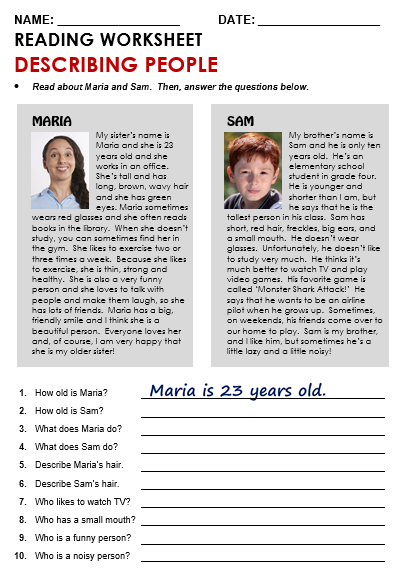 Depending on the age of your child, there is probably more to their personality than just their temperament. Therefore, we recommend thinking about the answers to these questions when you plan to describe your child’s personality.
Depending on the age of your child, there is probably more to their personality than just their temperament. Therefore, we recommend thinking about the answers to these questions when you plan to describe your child’s personality.
- How does my child react when meeting someone new?
- Does my child make friends easily?
- Is my child adventurous? Do they like to try new things?
- What makes my child happy? What makes them nervous or scared?
- How can you motivate my child?
- When is my child the most excited?
- Does my child react negatively when taken out of their routine?
- Is my child easily excitable or easily distracted?
- What is the best way to interact with my child?
Describe your child’s personality to a teacher example
Let’s put everything together! We created a version for each temperament category so you can see the different ways to describe your child’s personality. Depending on your child, you can mix & match or adapt one of these.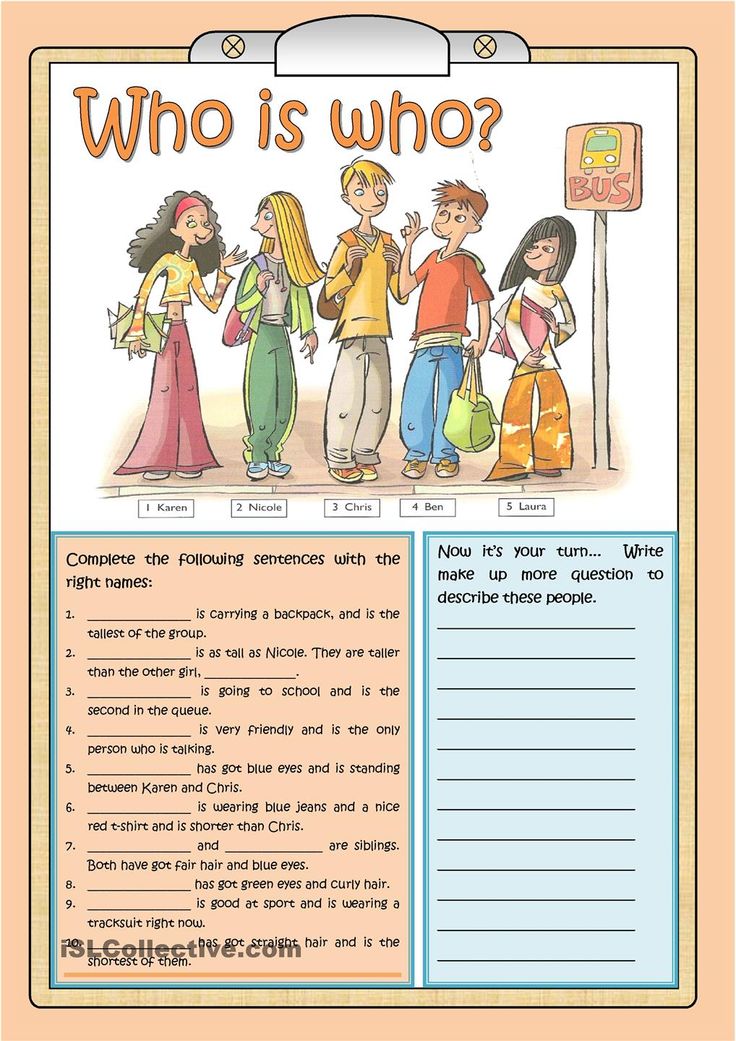
Easy child
Sarah (she/her) has an easy temperament and really loves to try new things. She has no problem making friends in the classroom or on the playground. Her previous teachers said that Sarah does a good job of including other children when everyone is playing. She really enjoys reading and extra reading time is a good motivator for her. She does get distracted chatting with friends sometimes, but she loves school and pays attention in class.
Slow to warm up or shy child
Sarah (she/her) can be shy when meeting new people, both adults and children, but she will warm up after some time. She’s definitely hesitant when it comes to trying new things and getting out of her routine. If you speak with her 1-on-1 and gently offer suggestions, though, she will try something! She loves science and extra science time would be a great motivator for her. Her other teachers have said she does not get distracted easily and she focuses well on her schoolwork.
Difficult or challenging child
Sarah (she/her) reacts negatively to change and can be difficult when she doesn’t get what she wants.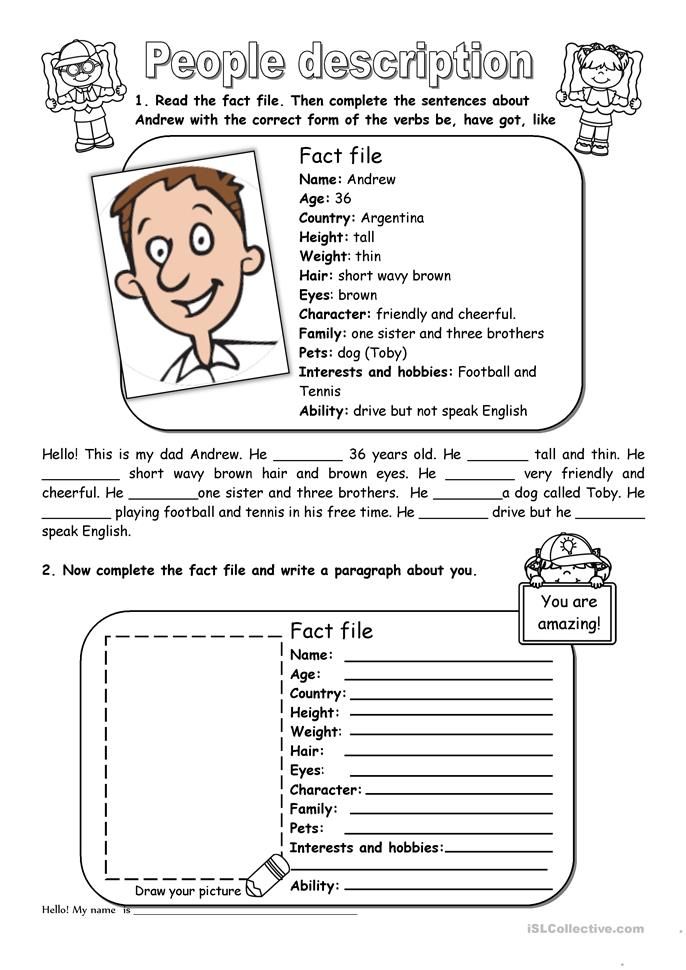 It is helpful if you don’t raise your voice when she gets upset because her sensory threshold is low and loud noises make it even harder for her to regulate herself. We are working on coping strategies for when she feels overwhelmed and I will share those with you in my letter so that you can help put them in place in the classroom. She loves art and spending quiet time coloring is a good way to calm and motivate her.
It is helpful if you don’t raise your voice when she gets upset because her sensory threshold is low and loud noises make it even harder for her to regulate herself. We are working on coping strategies for when she feels overwhelmed and I will share those with you in my letter so that you can help put them in place in the classroom. She loves art and spending quiet time coloring is a good way to calm and motivate her.
The team at Sawyer is always here to help if you are looking for communication strategies, back-to-school schedule guidance, and more resources or fun activities for your children. Best of luck ahead!
Your child does not have rickets
the young mother is horrified. She is tormented by a thousand questions. What needs to be done to make a baby didn't get rickets? Until what age does this risk persist? If the baby sweats if the back of his head is bald - is he already sick or not? As with Is rickets related to vitamin D deficiency? To give or not to give a child vitamin D, and why is it needed at all? And when Is formula feeding supplemental vitamin D necessary or not? And if the mother is breastfeeding, then how on does it affect her diet? All answers are in this article.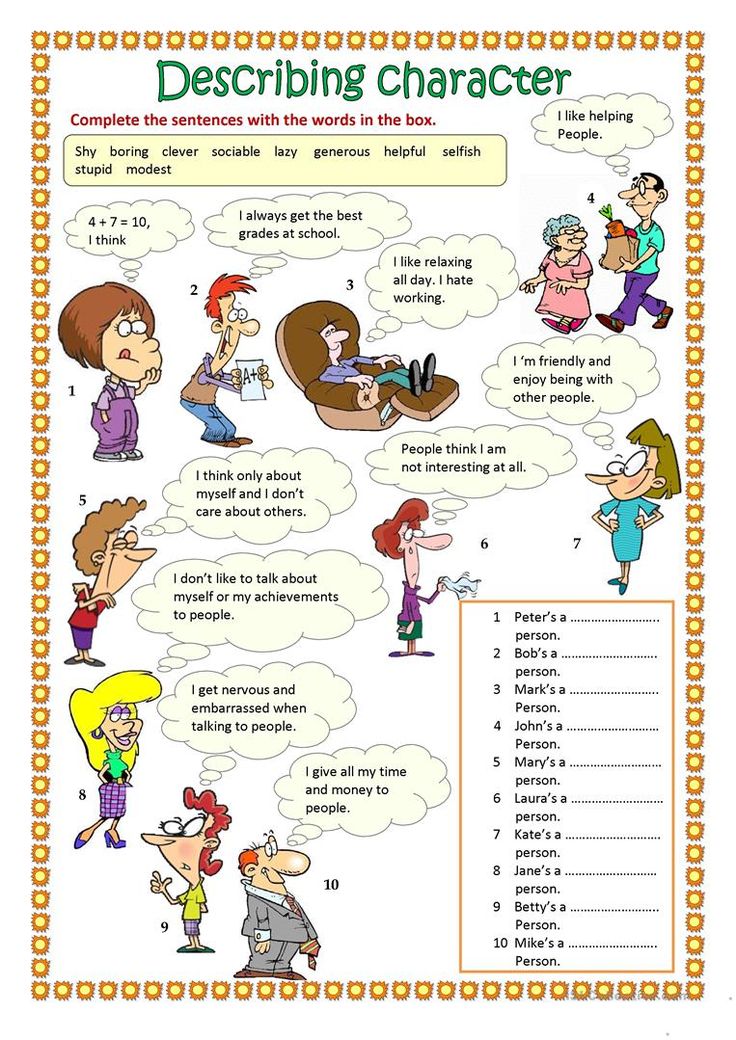
- What is rickets
This is a disease of infants and early age with bone formation disorder and insufficiency bone mineralization. With rickets, the exchange of calcium and phosphorus is disturbed - those substances from which our bones are built. The formation is disturbed inside the bone trabeculae - "membranes" that form the skeleton of the bone and determine its strength. The bone becomes softer, in severe cases of rickets, the bone is bent. By Essentially, rickets is a disease of the skeletal system.
- Cause of rickets
The main cause is a violation of vitamin D intake. Vitamin D ensures the absorption of calcium and phosphorus from food and controls their correct inclusion. into the bone. In order for the child not to have rickets, calcium is needed, sufficient phosphorus and vitamin D.
- About the functions of vitamin D
It used to be that vitamin D for proper mineralization and bone growth.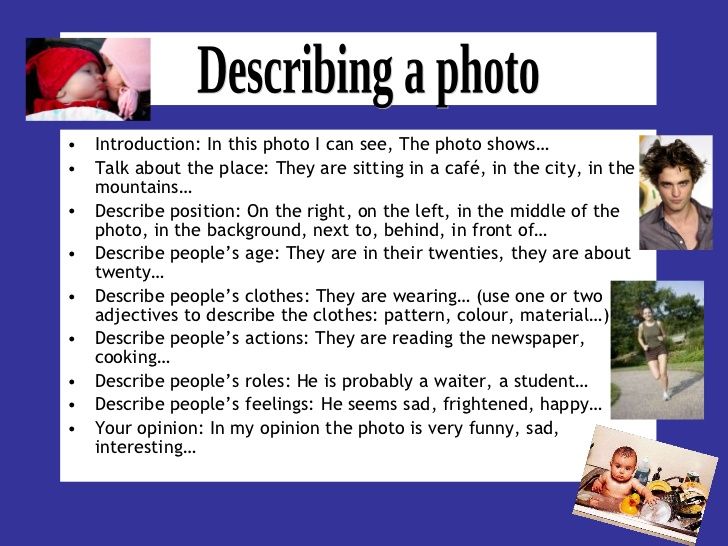 Vitamin D has now been proven to be involved in the regulation of cell reproduction and a variety of metabolic processes, stimulates the synthesis of a number of hormones. Vitamin D regulates calcium metabolism, and calcium - it's not just bones. Calcium is involved in the work of the immune system, in hematopoiesis. Insufficient calcium levels can lead to anemia and immune deficit. This leads to the fact that the child begins to get sick more often.
Vitamin D has now been proven to be involved in the regulation of cell reproduction and a variety of metabolic processes, stimulates the synthesis of a number of hormones. Vitamin D regulates calcium metabolism, and calcium - it's not just bones. Calcium is involved in the work of the immune system, in hematopoiesis. Insufficient calcium levels can lead to anemia and immune deficit. This leads to the fact that the child begins to get sick more often.
- Sources of vitamin D, phosphorus and calcium
Vitamin D can be absorbed from the gastrointestinal tract by from the outside. Most vitamin D in fish oil, cod, seafood and beans. Typical a product in which a lot of calcium is milk. Cottage cheese, kefir, fermented baked milk, curdled milk, any dairy products also contain calcium. Things are worse with phosphorus. It is found only in fish and seafood. Meat, liver, bone meat broths also contain phosphorus and calcium. Unfortunately we don't have any drugs that we could give the child and compensate for the lack of income phosphorus in his body.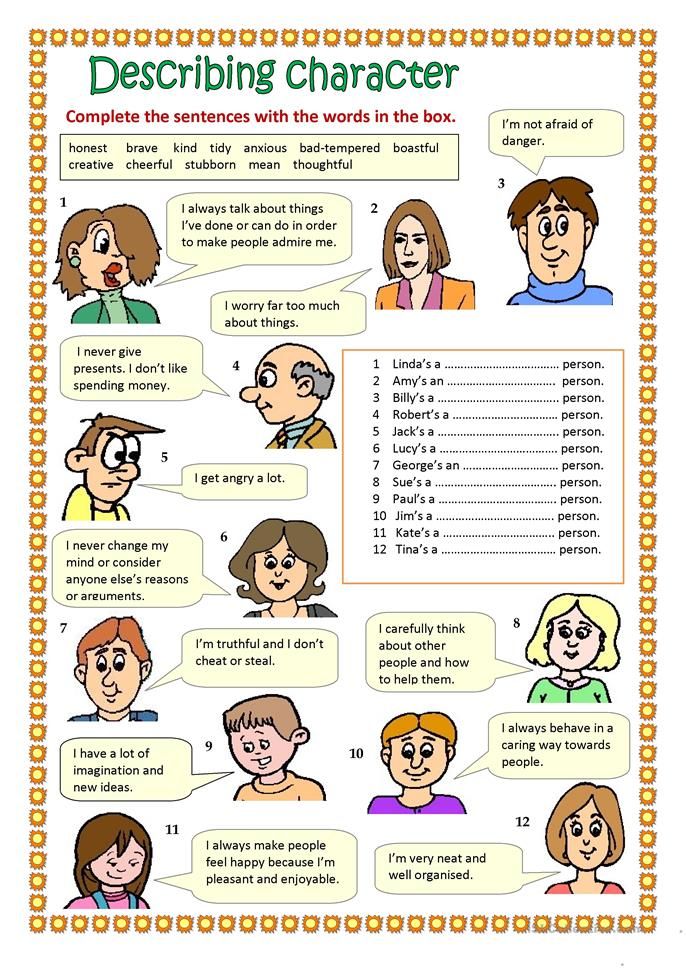
- Vitamin D synthesis
Vitamin D is synthesized in the skin under the influence of ultraviolet radiation. To kid need the sun. Moreover, under the sun's rays, the child should be as naked as possible. But we must remember that under the straight lines it is harmful for a child to be in the sun. Should be in partial shade lacy shadows from the leaves of trees. This is sufficient for education. vitamin D. Ultraviolet does not penetrate window glass, sunlight from the window does not lead to synthesis vitamin D!
- Why people get rickets only small children
The growth of a newborn is about 50 cm, and by the year it reaches 80 cm - the skeleton increases by 40%. Due to such rapid growth, the body is very sensitive to a lack of vitamin D and building material of bones - calcium and phosphorus. If the child is 3 years old years - then you can no longer be afraid that rickets will develop, since the growth rate much lower.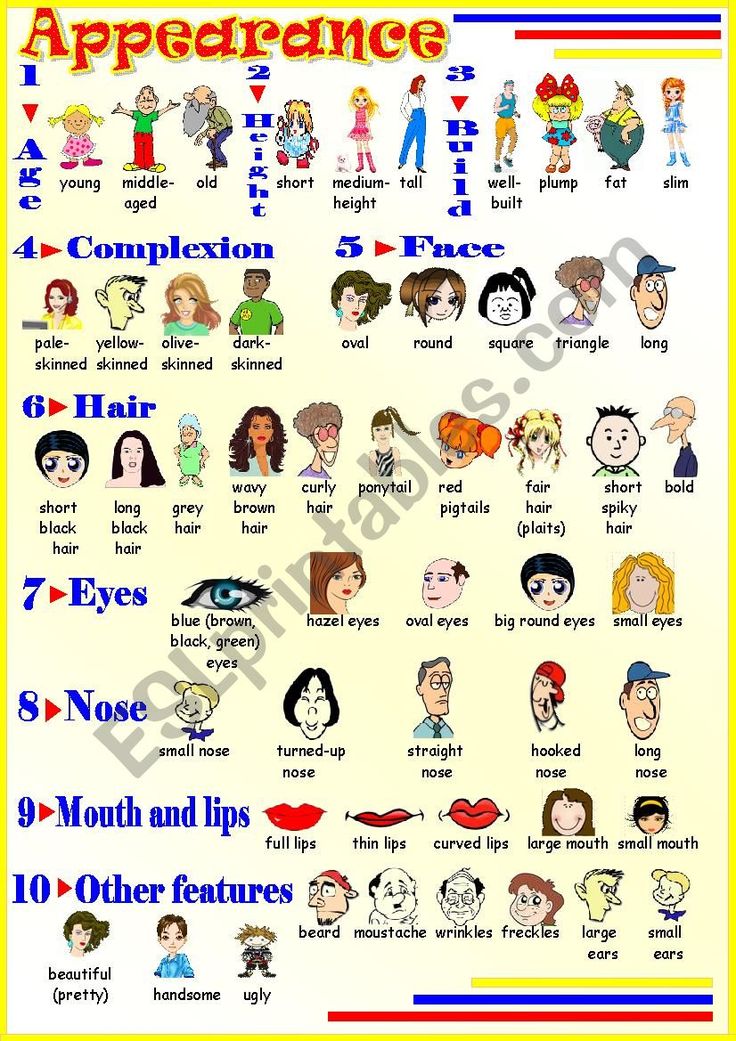
- How to eat when breastfeeding mother
calcium, phosphorus and vitamin D, then the formation of bones in the child will be correct. Therefore, in addition to being on the sun is important for a child and good nutrition: breast milk, which contains all three required components. And in order for them to be, a nursing mother must eat satisfying and varied, eating those foods that are rich in calcium, phosphorus and vitamin D. The vegetarian style of nutrition for a nursing mother is strictly contraindicated! Introduction Complementary feeding should occur in due time. If you follow all these recommendations, your child will not have rickets.
- Symptoms of rickets
Today they are not absolutely characteristic of rickets. Example: first phase rickets were considered symptoms such as the excitability of the child, sleep disturbance, nape baldness, sweating. Yes, with rickets the child will really be excitable, sweaty, his hair will fall out.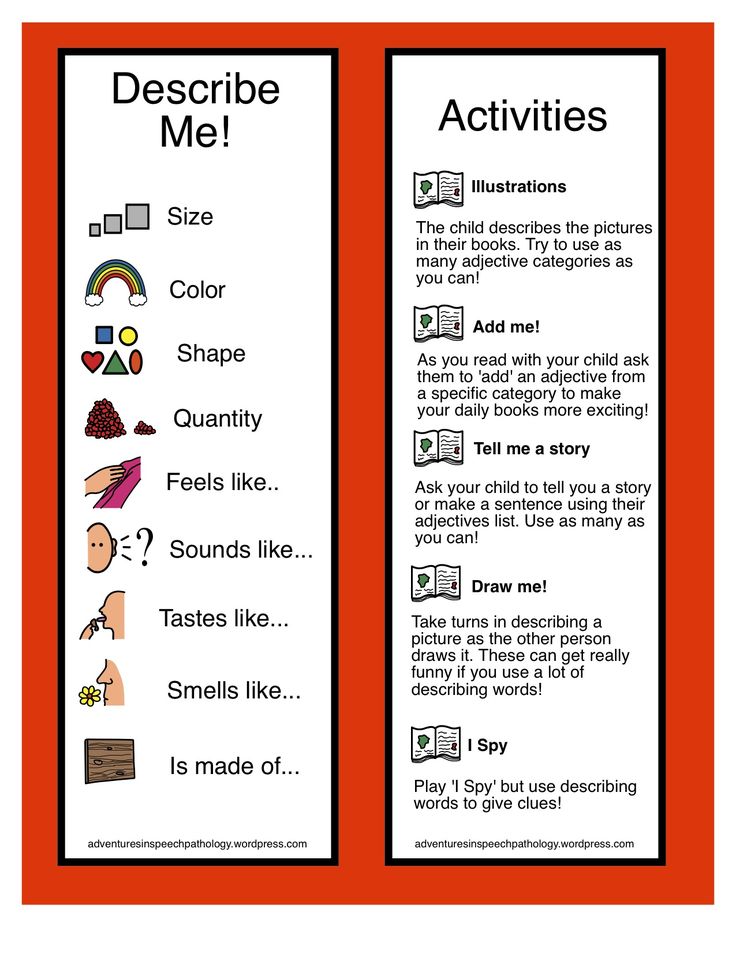 However, each of these signs in itself is not a sign of rickets! According to their presence in the child rickets cannot be diagnosed. Sweating can be a property of the vegetative, which is formed in children at 4 months. Almost every child goes bald back of the head when changing hair. All babies change their sleep system at 4 months. themselves By themselves, these symptoms do not speak of rickets. However, if there is rickets - yes, they necessarily present.
However, each of these signs in itself is not a sign of rickets! According to their presence in the child rickets cannot be diagnosed. Sweating can be a property of the vegetative, which is formed in children at 4 months. Almost every child goes bald back of the head when changing hair. All babies change their sleep system at 4 months. themselves By themselves, these symptoms do not speak of rickets. However, if there is rickets - yes, they necessarily present.
- Bone curvature
rickets has not been observed for a long time. But the curvature of the bones - yes. When a child only begins to walk, most often his legs are somewhat twisted. But this a matter of bone formation, not rickety curvature. The child is growing, the bone straightens out into the correct position. However, a general examination of the child by a pediatrician still won't hurt.
- Prophylactic dose vitamin D
Today, the level of vitamin D in almost all children who observed by pediatricians, within normal limits.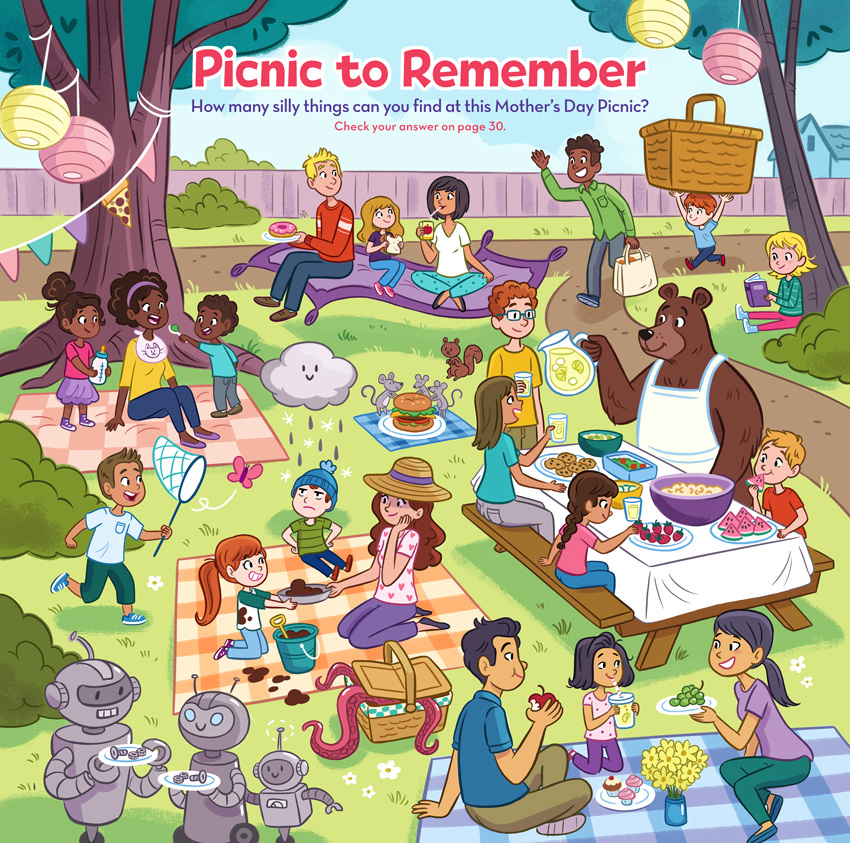 However, when we are dealing with weight of the child and rapid weight gain when we are dealing with a mother who limits herself in her diet - for example, due to the fact that she is a vegan or vegetarian, or due to the fact that the child has some kind of atopic allergic manifestations, when we are dealing with late introduction of complementary foods, we do not say that such a child should be treated for rickets. No, he doesn't have rickets. But! We should give him that prophylactic dose of vitamin D, which will compensate for his lack. AND therefore, almost all children - except perhaps for the summer period for children, slowly gaining weight - a prophylactic dose of vitamin D is given. Moreover, a prophylactic dose of vitamin D is not limited only in the first year of life. If the child has late teething, the tissue which is also partially built from calcium and phosphorus, then for this period the child a prophylactic dose of vitamin D is also needed. If the child has atopic allergic manifestations - Same.
However, when we are dealing with weight of the child and rapid weight gain when we are dealing with a mother who limits herself in her diet - for example, due to the fact that she is a vegan or vegetarian, or due to the fact that the child has some kind of atopic allergic manifestations, when we are dealing with late introduction of complementary foods, we do not say that such a child should be treated for rickets. No, he doesn't have rickets. But! We should give him that prophylactic dose of vitamin D, which will compensate for his lack. AND therefore, almost all children - except perhaps for the summer period for children, slowly gaining weight - a prophylactic dose of vitamin D is given. Moreover, a prophylactic dose of vitamin D is not limited only in the first year of life. If the child has late teething, the tissue which is also partially built from calcium and phosphorus, then for this period the child a prophylactic dose of vitamin D is also needed. If the child has atopic allergic manifestations - Same.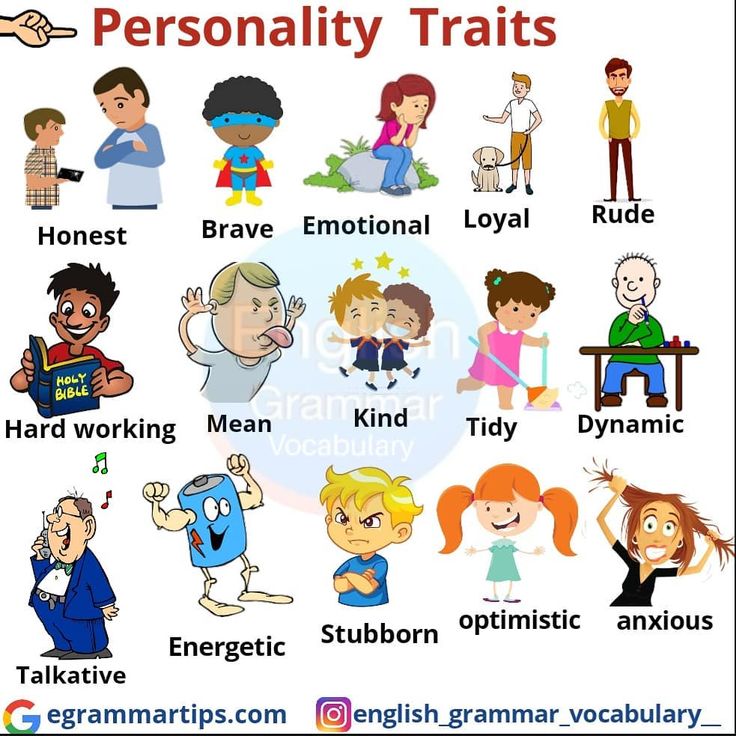 This, by the way, is an innovation - before, vitamin D was not prescribed in such a situation. More one very important point is to give vitamin D at a time when the child is stressed. The thing is, stress removes calcium from the body. For example, when a child goes to kindergarten, for it's a lot of stress. External manifestations of stress may not be, but the child will often get sick. And this decrease in immunity can be corrected by the introduction of supplemental vitamin D diet.
This, by the way, is an innovation - before, vitamin D was not prescribed in such a situation. More one very important point is to give vitamin D at a time when the child is stressed. The thing is, stress removes calcium from the body. For example, when a child goes to kindergarten, for it's a lot of stress. External manifestations of stress may not be, but the child will often get sick. And this decrease in immunity can be corrected by the introduction of supplemental vitamin D diet.
- Artificial feeding
If the child is bottle-fed and formula have vitamin D - enough him or not? The answer is not enough. Why? First, the mixture must contain fat component, these fats combine with calcium and form chemical substances - soaps, which are excreted in the feces. This is how calcium is lost. If look at the analysis of scatology, then there will always be a large number of soap substances. This is a normal situation for children who receive mixtures, and for those who are breastfed.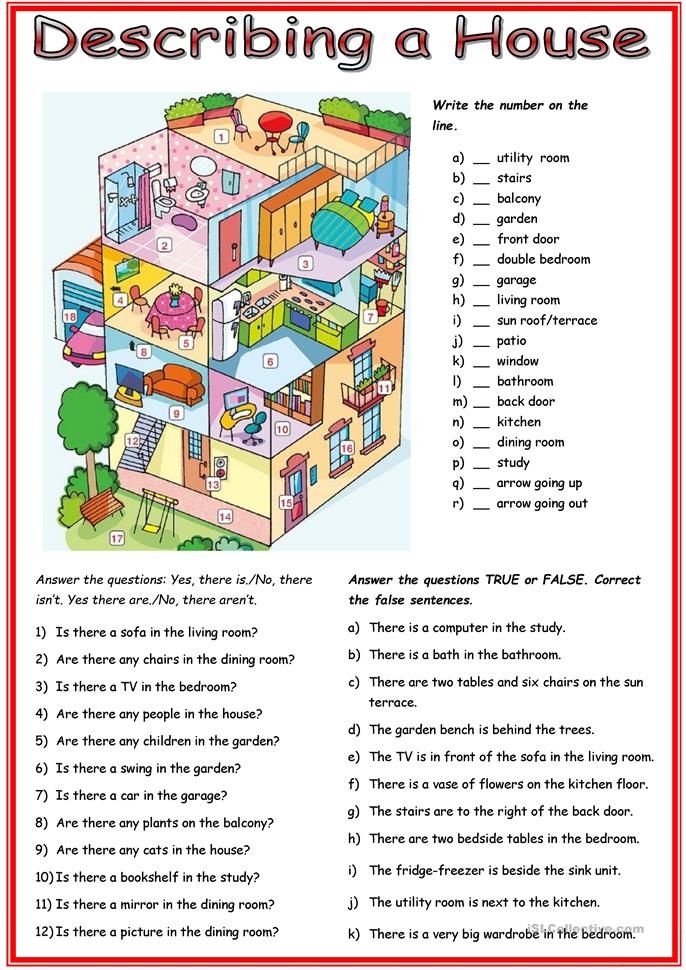 But in these soaps there can be great the amount of calcium. Mom thinks that if there is so much calcium in the formula of the mixture, then the child consumes a sufficient amount of it. In fact, it is absorbed significantly less. The same with vitamin D: let's say there are 500 units of it in the mixture, and the child really sucks 100. Therefore, in this situation, vitamin D supplementation is also needed - just like on breast milk.
But in these soaps there can be great the amount of calcium. Mom thinks that if there is so much calcium in the formula of the mixture, then the child consumes a sufficient amount of it. In fact, it is absorbed significantly less. The same with vitamin D: let's say there are 500 units of it in the mixture, and the child really sucks 100. Therefore, in this situation, vitamin D supplementation is also needed - just like on breast milk.
- Breastfeeding feeding
Different mothers will have different amounts of breast milk vitamin D. If mom is in depression, then her breast milk will contain significantly less vitamin D than another mother, who is in the best psychological condition. It's a mechanism positive feedback: maternal depression leads to a decrease in the content vitamin D in milk which leads to a slowdown in the development of the child, which, in turn, exacerbates mother's depression. Vitamin D should be taken by both mother and child.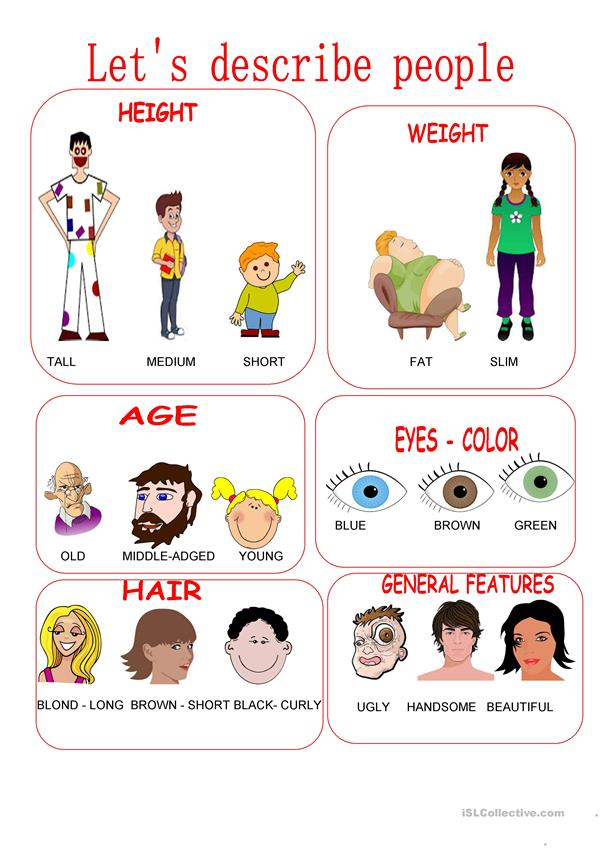 Mom will see that the child eats well, puts on weight, smiles, and her depression will also decrease.
Mom will see that the child eats well, puts on weight, smiles, and her depression will also decrease.
- Pediatric medicine at the Ilyinsk hospital
No decision to change the diet should be made nutrition of the child and the prophylactic administration of vitamin D alone. The only correct the logic for a caring parent is to find your pediatrician and carefully follow all his recommendations. Your pediatrician understands all the nuances of your particular situation, monitors and evaluates your child's development and only when a problem is identified he makes a scientifically based decision on the appointment of drugs. Children's medicine in the Ilyinsky hospital is based on this principle. Pediatrician will become a "single entry point" for solving any health problems of your child. Pediatricians Ilinskaya hospitals monitor the health of children in accordance with modern international standards and taking into account the recommendations of the World Organization healthcare.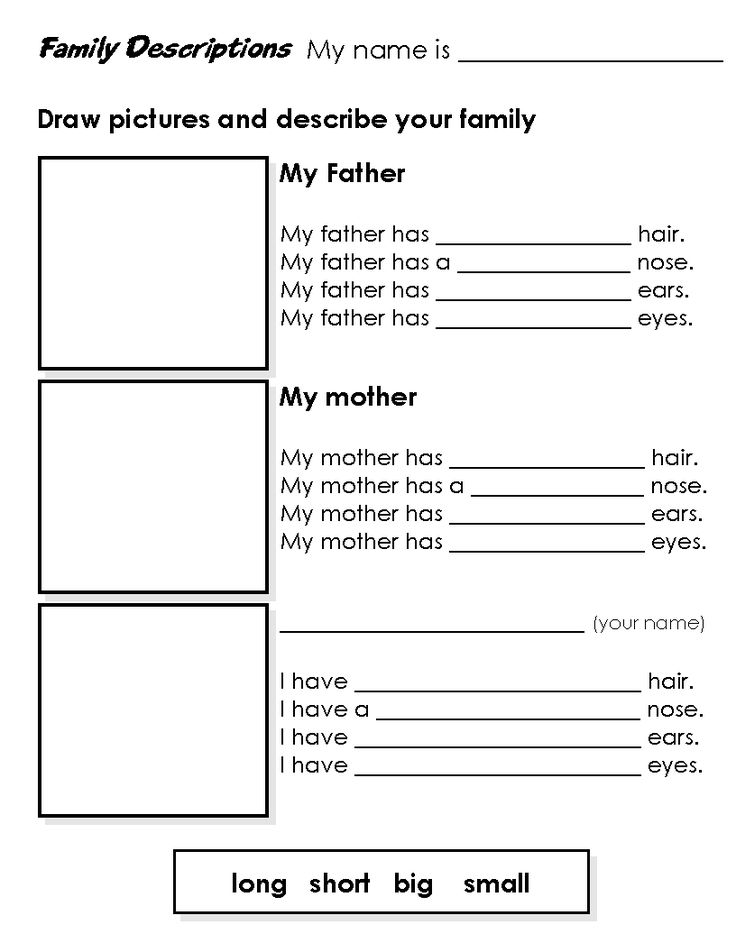 We practice evidence-based medicine, i.e. we use only those methods of treatment, monitoring and assessment of the child's condition, the effectiveness of which proven by international clinical studies.
We practice evidence-based medicine, i.e. we use only those methods of treatment, monitoring and assessment of the child's condition, the effectiveness of which proven by international clinical studies.
Our motto is to follow and control the child development. Do not treat what does not need to be treated and do not treat what does not have proven effectiveness.
Specialists on this issue
Keshishyan Elena Solomonovna
Pediatric neonatologist, pediatric neurologist
Doctor of Medical Sciences, Professor.
Degtyarev Andrey Sergeevich
Pediatrician, neonatologist
Lisitsin Alexander Olegovich
Pediatrician
Dubovich Ekaterina Georgievna
Pediatrician, neonatologist
Okuneva Margarita Valerievna
Pediatrician, neonatologist
Tozliyan Elena Vasilievna
Pediatric endocrinologist, geneticist
Ozerova-Perrin Irina Anatolyevna
Pediatrician
YablonskayaKsenia Petrovna
Pediatrician
show more
Share page
Childhood crises, what to expect for parents and how to overcome them
The current generation of children is very different from those who grew up 10-15 years ago.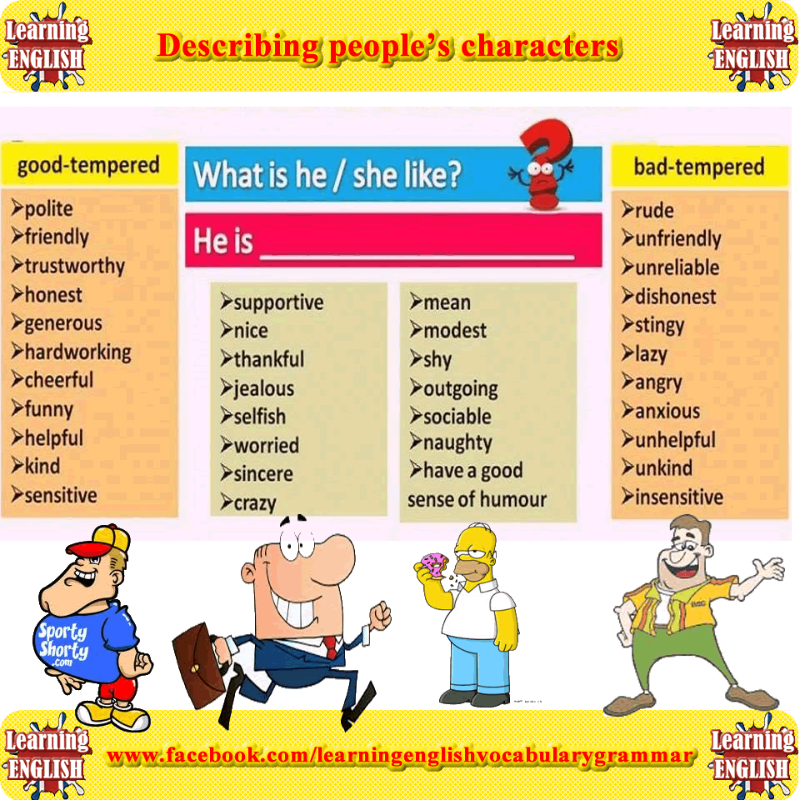 Modern children develop earlier, “grow up” earlier in all respects: physical, mental, emotional.
Modern children develop earlier, “grow up” earlier in all respects: physical, mental, emotional.
Many processes, including hormonal restructuring, also occur earlier for them, so manifestations of falling in love, interest in the relationship between the sexes also appear much earlier. And the onset of a pubertal crisis is possible and will be considered the norm no longer at 13, but at 11 years old.
The pubertal crisis is the longest and most acute of all childhood crises: the child does not just grow up, changes occur not only in physiology, but also in consciousness, and in behavior, and in communication.
In girls, the crisis period begins much earlier than in boys and proceeds relatively calmly; in boys, this period can begin 1-2 years later than in girls, but it manifests itself extremely sharply and violently.
The puberty crisis is especially difficult for any child because, on the one hand, he can fiercely prove that he is an adult and does not need the attention and care of his parents, and on the other hand, he really wants to feel like in childhood again, when his mother just hug, kiss, help and protect.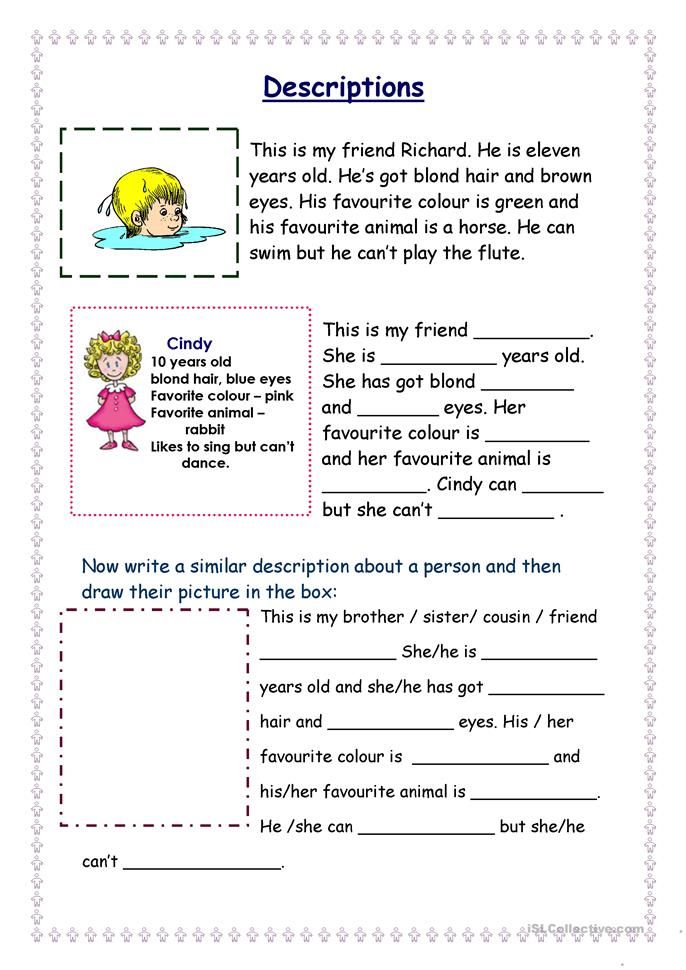
In addition to changes in the child's behavior, he has changes in his state of health:
- Increased blood pressure and tachycardia
- Dizziness and syncope
- Sleep disorders
- Hyperexcitability
- Occasional joint tenderness associated with rapid growth
- Changing body proportions
- Increased sweating
- Voice mutation in boys
- Appearance of secondary sexual characteristics
- Skin eruptions
How adults should act during the crisis of 13 years
Puberty crisis often provokes behavioral, nervous and mental disorders in a child:
- Tantrums
- Leaving home
- Smoking, drinking alcohol
- Theft
- Suicidal disorders
- Deviant behavior
- Neuroses, tics, phobias
- Accentuations
- Psychopathies
- Obsessive-compulsive disorders
- Depressions
Ignoring by adults these literally cries for help can turn into a tragedy.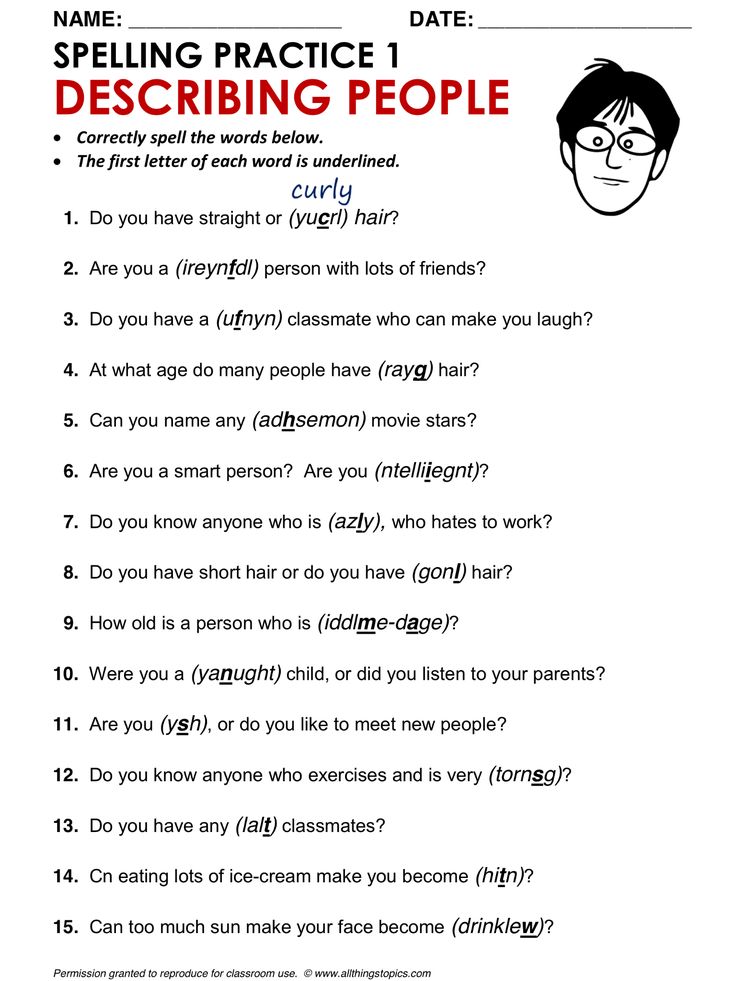
How to help a child overcome the pubertal crisis:
- Take the time to study this issue: now there is a lot of literature in the public domain, including textbooks and manuals on child psychology.
- Learn to listen to your child, give him the opportunity to speak, give advice if he asks for it.
- Do not allow screams, reproaches, insults in a conversation with a child, no matter how hard it is for you: behind the mask of a rebel, behind ostentatious indifference, a very vulnerable being is hiding.
- Do not allow overprotection, do not set rigid limits, on the contrary, support the independence of the child, his desire for adulthood, for making decisions, but at the same time clearly explain that with the expansion of his rights, his duties and responsibilities increase.
- Don't forget to pay attention to yourself. Yes, this is also very important - to shift the center of attraction from the child without devoting 24 hours a day to him.
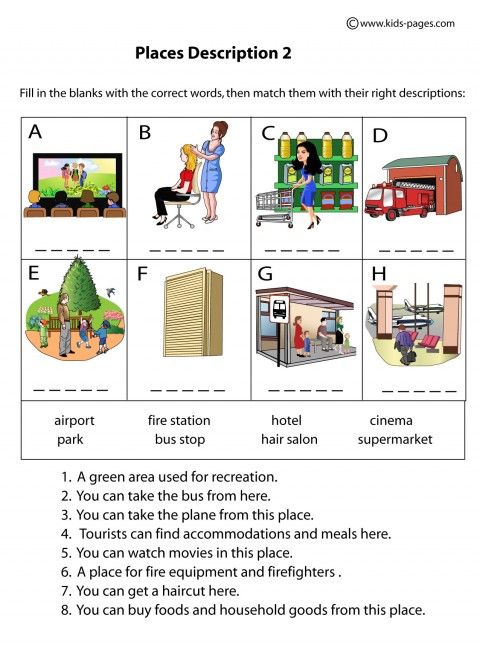
Learn more

